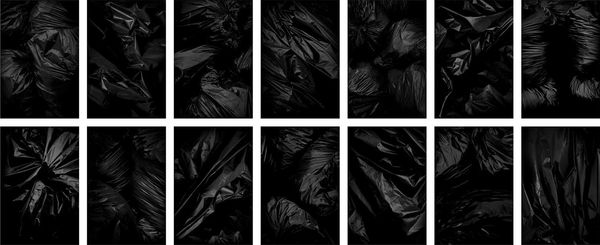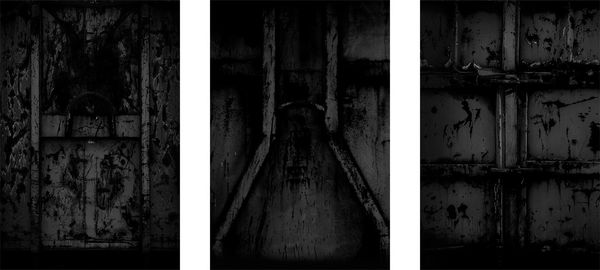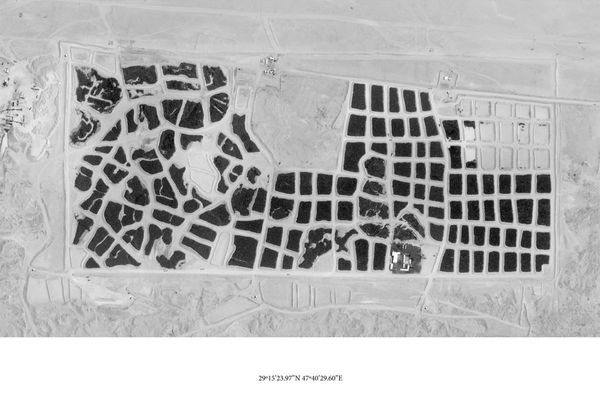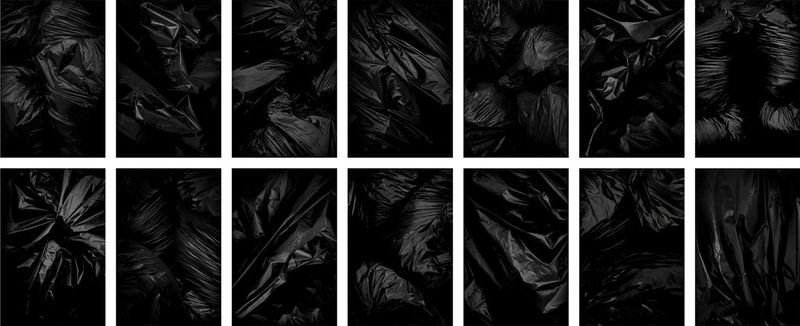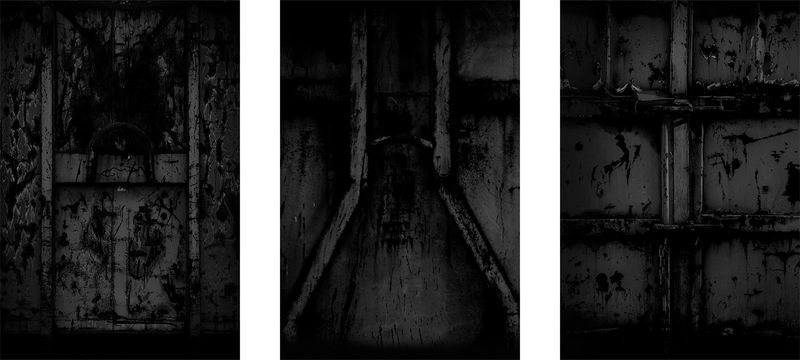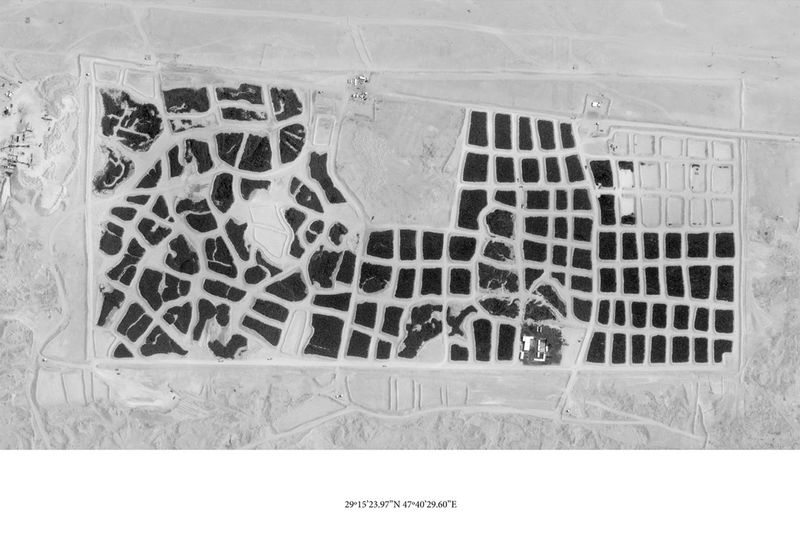Hidden Waste and Environmental Ruin
-
Published3 Oct 2018
-
Author
From the garbage bag to the landfill, we are before a tenacious process of concealment. Jon Gorospe’s Environments follows the route of our waste to its final destination, placing an emphasis on the systematic opacity surrounding each step.
From the garbage bag to the landfill, we are before a tenacious process of concealment. Jon Gorospe’s Environments follows the route of our waste to its final destination, placing an emphasis on the systematic opacity surrounding each step.
When his city was elected European Green Capital in 2013, photographer Jon Gorospe started to question the surrounding ecology fever. “My city was going through a lot of changes, with the planning of many gardens around town, and I was wondering whether being green should not be reflected in the way we consume rather than in urban planning”, he says.
Pushing this thought further, he came to the conclusion that we deny what we produce by hiding our waste. “We react like after a psychological breakdown, we don’t want to accept. The fact that we usually use a black plastic bag for our trash is the first layer of opacity that we put in our ‘archive’”, he analyses.
His series, “Environments”, documents our obscure process of dissimulation, using a conceptual language to translate it. “I followed the whole journey of waste – from the plastic bag, to the dumpster, to the garbage truck and its final destination in a trash field. The point was not to see the waste itself though because I wanted to speak about the way we hide it. My goal was to make a portrait of the ideology behind it”, Gorospe explains.
For the objects, he used a language inspired by geometric abstraction. Shot as close-ups, the folds of plastic, straight metal bars of a container or mechanic pieces of the trucks form non-representational compositions presented as a grid that one decipher at second glance. The darkness and low contrast serve this purpose. “I wanted to use very flat images, where you can’t see the perspective but just the texture, so one has to use his interpretation”, he says. His style is dispassionate, impersonal, typological, repeating the same point of view, frame, and focal for each object. What he documents here objectively though is not the garbage or the truck, but the dark abyss that prevents us from seeing our wastes.
For the landfill, he developed a different language, using 200 screenshots of satellite views from Google Earth to recompose aerial view of several of these “great museums of the denial”, as Doctor in philology, Rubén Ángel Arias, calls them. They are evocative of aerial military photographs. Like the army, Gorospe somehow studies signs of activity, but the disquieting difference though is that there is no plan for an operation meant to change the situation.
“I think of them as collateral landscapes”, Gorospe explains. “What is interesting is that no matter if you are a poor or a wealthy country, you look for strategies to make things disappear from your view. If you are rich, you just have better ways to hide this waste, but the problematic is the same: in the end, you don’t look for solutions to prevent this waste.”
--------------
Jon Gorospe is a visual artist living and working between Oslo (Norway) and Vitoria (Spain). His work has been exhibited widely in galleries and at festivals and he is a collaborator at Clavoardiendo Magazine. Follow him on PHmuseum and Instagram.
Laurence Cornet is a writer and curator based in Brooklyn focusing on cultural and environmental issues.
--------------
Getting Closer presents photographic works, mainly in a documentary vein, that speak about the causes and consequences of environmental degradation.
